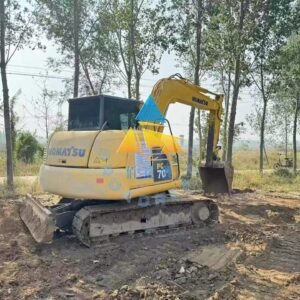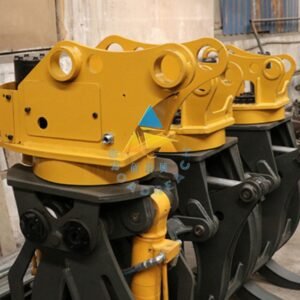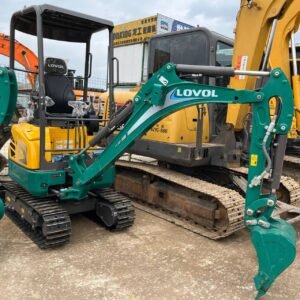BroadReach Construction Machinery Co., Ltd

Innovative Excavator Technologies Transform Construction Industry
Introduction
The construction industry is witnessing a remarkable transformation, thanks to the rapid advancements in excavator technologies. As one of the most essential pieces of heavy machinery, excavators have evolved significantly, offering enhanced performance, efficiency, and versatility. This news article delves into the latest innovations in excavator technologies and their profound impact on the construction sector.
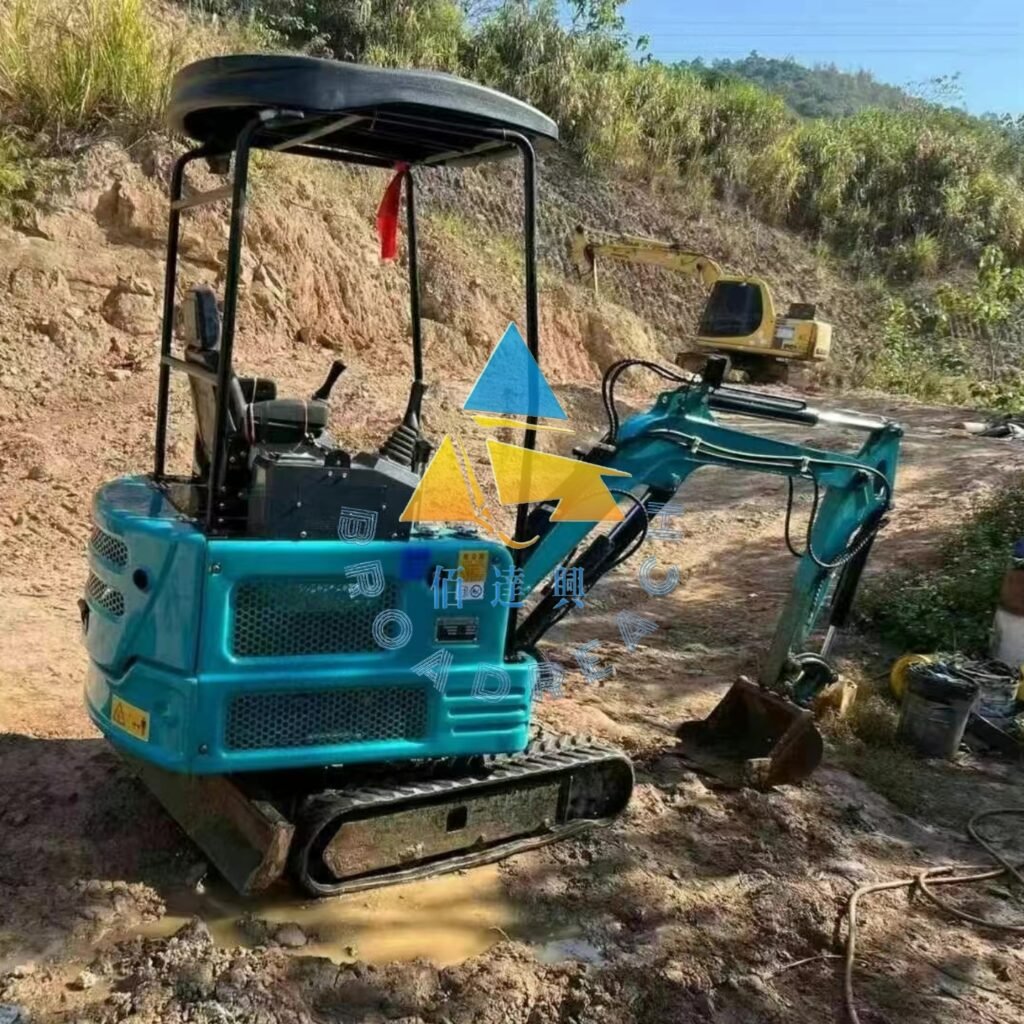
Smart Excavators with Advanced Telematics
Telematics, the integration of telecommunications and informatics, has revolutionized the way excavators are operated and managed. Modern excavators are equipped with sophisticated telematic systems that provide real-time data on machine performance, location, fuel consumption, and maintenance needs. For instance, Caterpillar’s Product Link system allows fleet managers to remotely monitor their excavators’ health and operational status. This enables proactive maintenance scheduling, reducing downtime and optimizing machine utilization. Additionally, telematics can enhance safety by tracking operator behavior and providing alerts for potential hazards, such as unauthorized usage or proximity to restricted areas.
Hybrid and Electric Excavators for Sustainability
In response to growing environmental concerns and stricter emission regulations, manufacturers are developing hybrid and electric excavators. These eco-friendly machines combine traditional diesel engines with electric motors or rely solely on battery power. For example, Volvo CE’s EX03 compact electric excavator offers zero emissions, low noise levels, and reduced operational costs. Hybrid excavators, like the Komatsu PC55MR-11, utilize electric motors to assist the diesel engine during high-demand operations, improving fuel efficiency and reducing emissions. The adoption of these sustainable excavators not only helps construction companies meet regulatory requirements but also enhances their corporate social responsibility image.
Autonomous Excavators for Enhanced Productivity
Autonomous technology is gradually making its way into the construction industry, and excavators are no exception. Companies like Built Robotics and Caterpillar are pioneering the development of autonomous excavators. These machines can perform tasks without human intervention, guided by pre-programmed instructions and advanced sensors. Autonomous excavators can significantly boost productivity by working continuously without breaks, especially in repetitive tasks like digging trenches or grading surfaces. They also enhance safety by removing operators from hazardous environments. However, widespread adoption of autonomous excavators still faces challenges, such as regulatory approval, integration with existing construction workflows, and addressing concerns about job displacement.
Augmented Reality (AR) and Virtual Reality (VR) in Excavator Training and Operation
AR and VR technologies are transforming excavator training and operation. For training, VR simulators provide a realistic, immersive environment where operators can practice various excavation tasks without the risks associated with real-world training. This enables them to develop essential skills and gain confidence before operating actual machines. For instance, companies like CAE offer VR-based excavator simulators that replicate different construction scenarios and machine models. AR, on the other hand, assists operators during excavation by overlaying digital information onto their field of view. This can include guidance on digging depth, alignment with construction plans, and identification of underground utilities, ensuring precision and accuracy in excavation work.
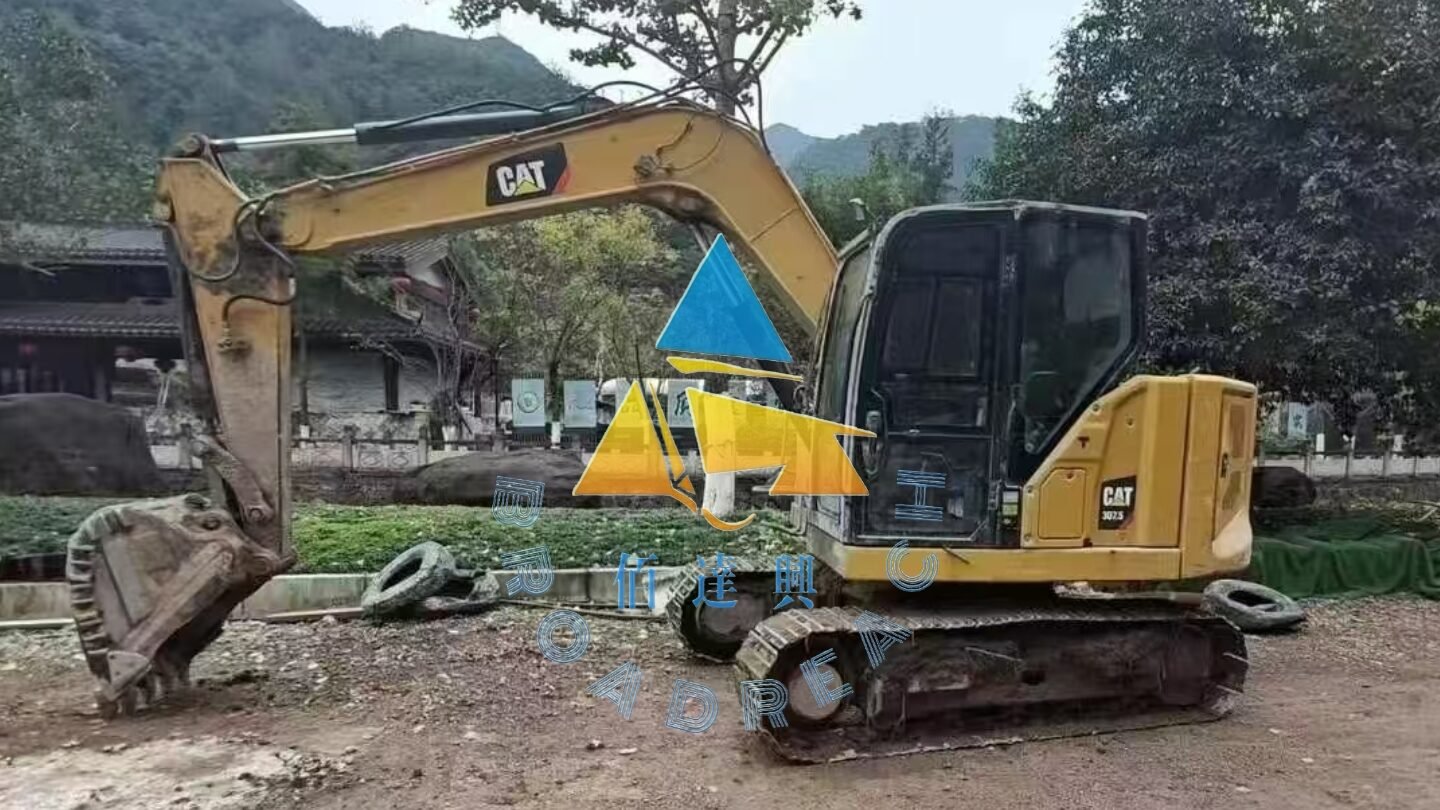
Enhanced Attachments and Tooling Systems
Excavator attachments and tooling systems have become more advanced and versatile, allowing excavators to perform a wider range of tasks efficiently. Hydraulic quick couplers enable rapid attachment changes, reducing downtime and increasing productivity. For example, the Enerpac HPC-100 hydraulic quick coupler can handle various attachments, such as buckets, breakers, and grapples, with ease. Additionally, smart attachments equipped with sensors and data connectivity can provide real-time feedback on their performance and wear, enabling better maintenance and optimization of their use.
Conclusion
The continuous evolution of excavator technologies is reshaping the construction landscape. From smart telematics and sustainable hybrid/electric models to autonomous capabilities and AR/VR integration, these innovations are driving improvements in productivity, efficiency, safety, and environmental sustainability. As the construction industry embraces these technological advancements, it is crucial for stakeholders to stay informed and adapt their operations accordingly. By leveraging the latest excavator technologies, construction companies can gain a competitive edge and contribute to the development of smarter, greener, and more efficient construction projects.



